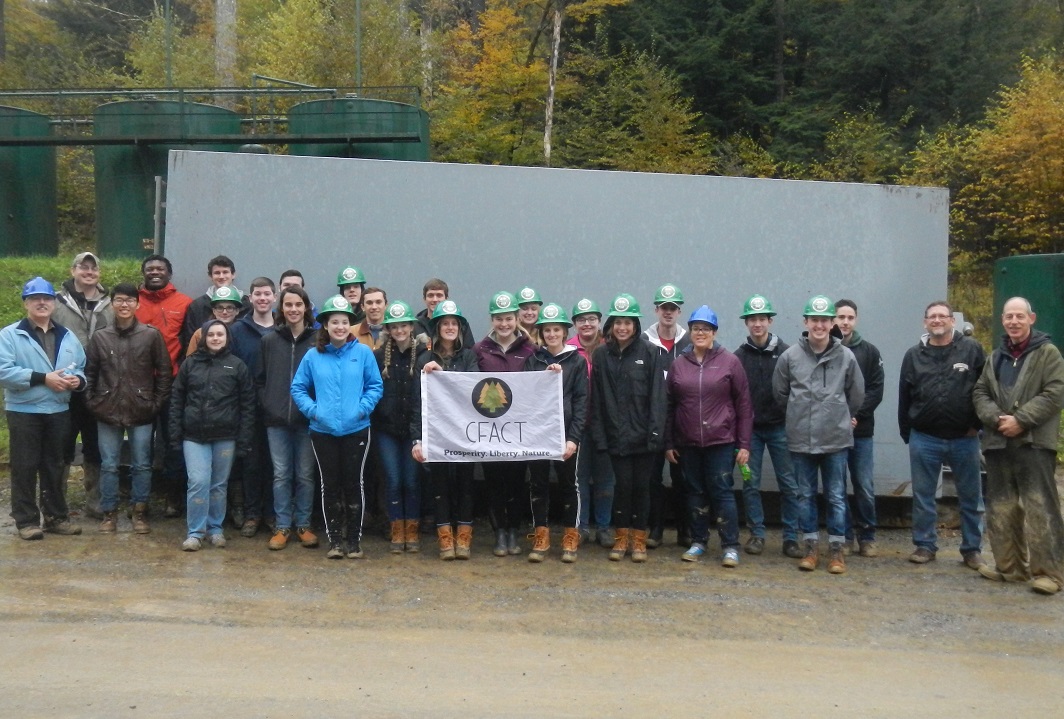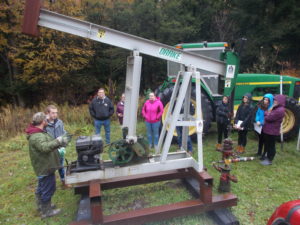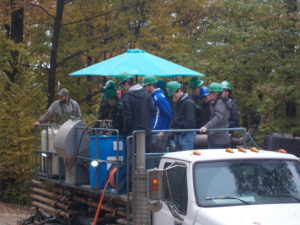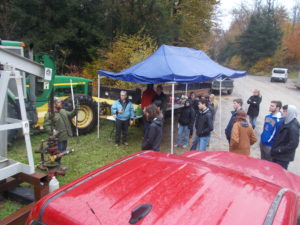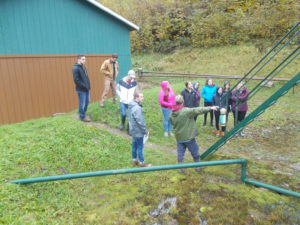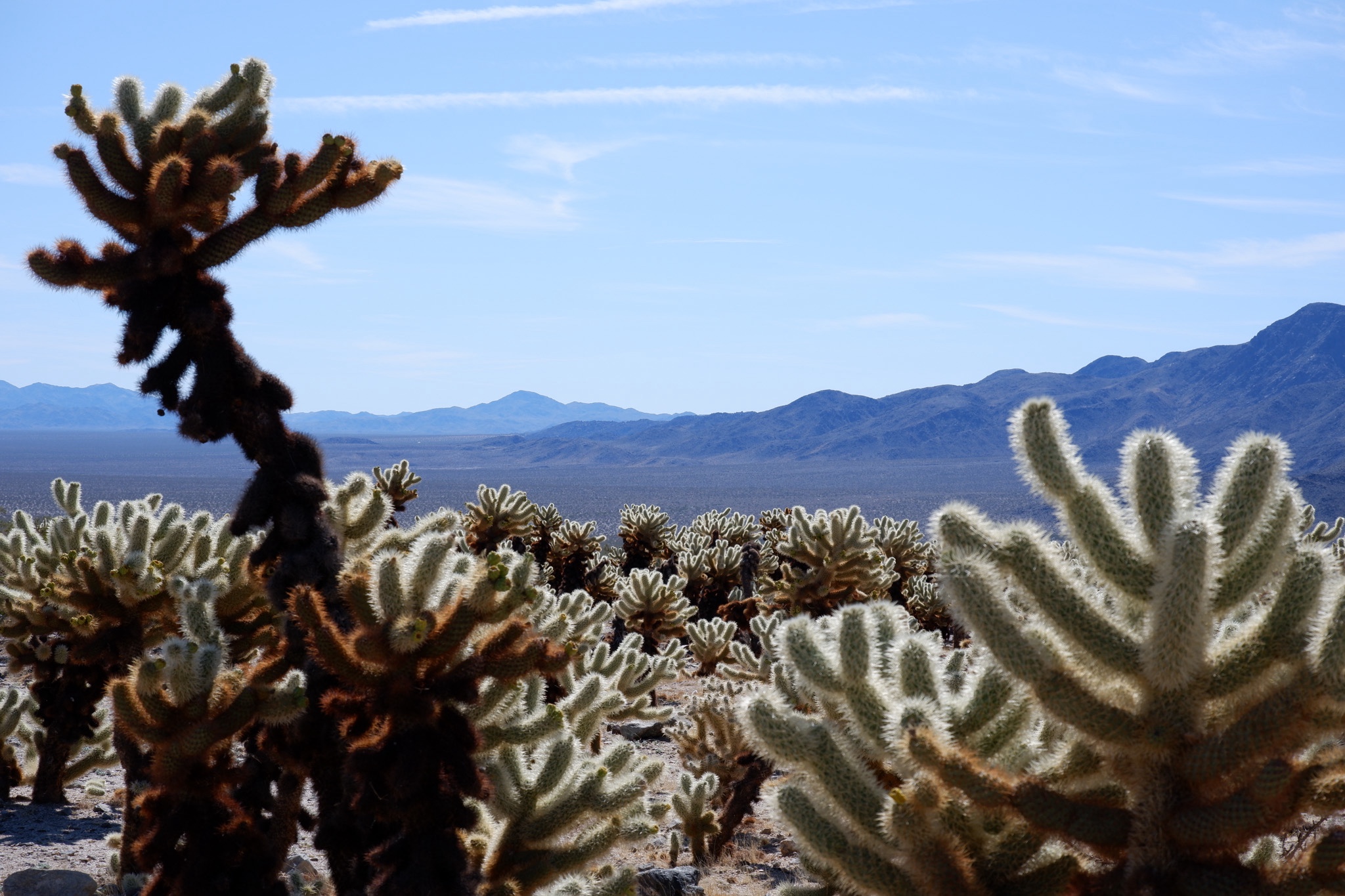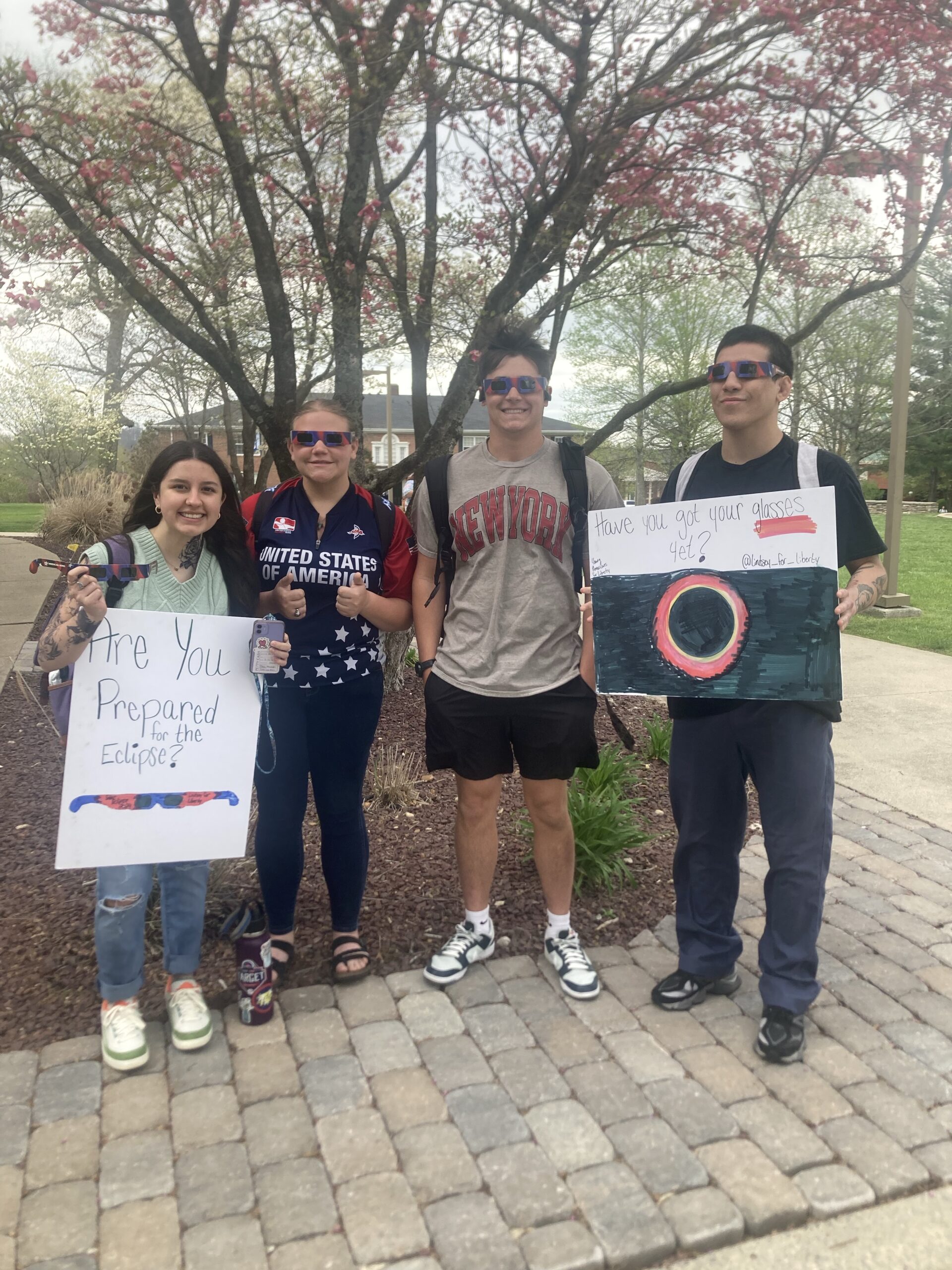To cut through the misinformation disseminated by the radical left on the process of hydraulic fracturing, or “fracking”, CFACT coordinated a tour for twenty four Grove City College students in Pennsylvania to see a conventional fracking operation first hand.
This type of fracking is a process by which a mixture of water and sand is used to break up sandstone under the Earth’s surface to release natural gas and oil. It has helped contribute to the natural gas revolution in the United States in recent years.
The tour which took place in Sheffield, PA, was led by operators from the Cameron Energy company. The up close and personal experience made a a strong impact on the students, with several stating they were surprised by the amount of labor that went into the process. “I don’t think I’d want to do that every day” and “I wouldn’t want to do that in the winter” were common sentiments.
Cameron president Arthur Stewart said: “In an age where a lot of students think electricity comes from the wall, these students were a breath of fresh air. Several of the students said they arrived expecting hydrofracturing to be dangerous or harmful but that the visit was eye-opening for them. We don’t want to tell students what to think—we just want them to use their own senses and logic to make informed decisions. The Grove City professors and students asked smart questions and were refreshingly open to different points of view.”
Tyler Martin, the Environmental Care Coordinator for Cameron, said “Several comments that I either overheard or were said directly to me from the students were things like ‘Is this the same gas that heats homes and cooks food?’ and ‘I thought fracking was very dangerous before today.'”
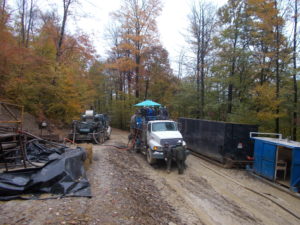
Grove City students got a first-hand look at the sites used in drilling for oil and natural gas in the Allegheny National Forest.
